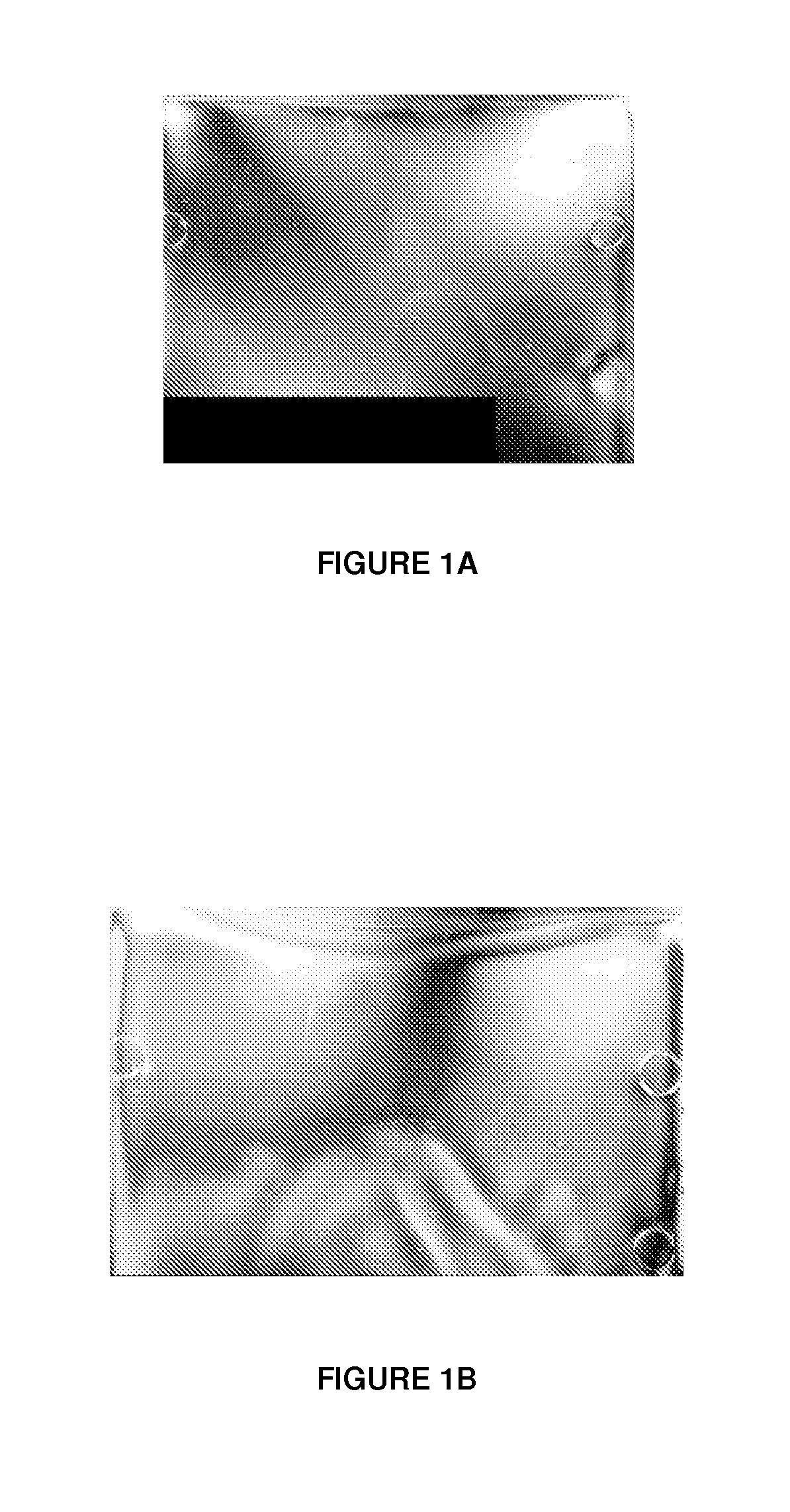Amorphous thermoplastic polyester for the production of optical articles
a thermoplastic polyester and optical article technology, applied in the field of amorphous thermoplastic polyester for the production of optical articles, can solve the problems of insufficient impact strength, plastics have become inescapable in the mass production of objects, and polyesters do not have all the required properties, etc., to achieve excellent impact strength and scratch resistance, low birefringence, and reduced solution viscosity. high
- Summary
- Abstract
- Description
- Claims
- Application Information
AI Technical Summary
Benefits of technology
Problems solved by technology
Method used
Image
Examples
example
[0098]The properties of the polymers were studied via the following techniques:
[0099]Reduced Solution Viscosity
[0100]The reduced solution viscosity is evaluated using an Ubbelohde capillary viscometer at 25° C. in an equi-mass mixture of phenol and ortho-dichlorobenzene after dissolving the polymer at 130° C. with stirring, the concentration of the polymer introduced being 5 g / l.
[0101]DSC
[0102]The thermal properties of the polyesters were measured by differential scanning calorimetry (DSC): the sample is first heated under a nitrogen atmosphere in an open crucible from 10° C. to 320° C. (10° C.min−1), cooled to 10° C. (10° C.min−1), then heated again to 320° C. under the same conditions as the first step. The glass transition temperatures were taken at the mid-point of the second heating. Any melting points are determined on the endothermic peak (onset) at the first heating. Similarly, the enthalpy of fusion (area under the curve) is determined at the first heating.
[0103]For the ill...
PUM
| Property | Measurement | Unit |
|---|---|---|
| molar ratio | aaaaa | aaaaa |
| molar ratio | aaaaa | aaaaa |
| molar ratio | aaaaa | aaaaa |
Abstract
Description
Claims
Application Information
 Login to View More
Login to View More - R&D
- Intellectual Property
- Life Sciences
- Materials
- Tech Scout
- Unparalleled Data Quality
- Higher Quality Content
- 60% Fewer Hallucinations
Browse by: Latest US Patents, China's latest patents, Technical Efficacy Thesaurus, Application Domain, Technology Topic, Popular Technical Reports.
© 2025 PatSnap. All rights reserved.Legal|Privacy policy|Modern Slavery Act Transparency Statement|Sitemap|About US| Contact US: help@patsnap.com

